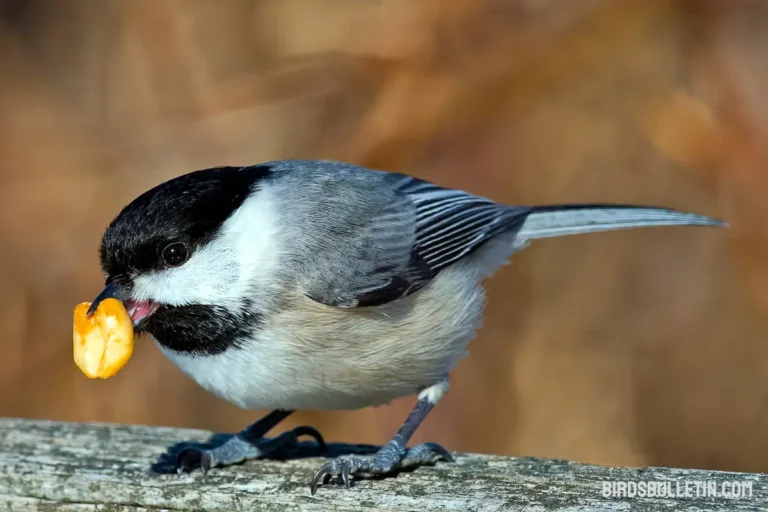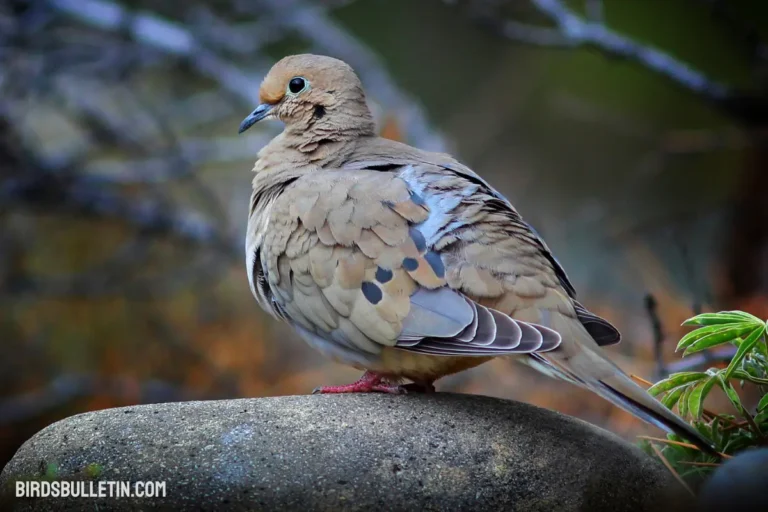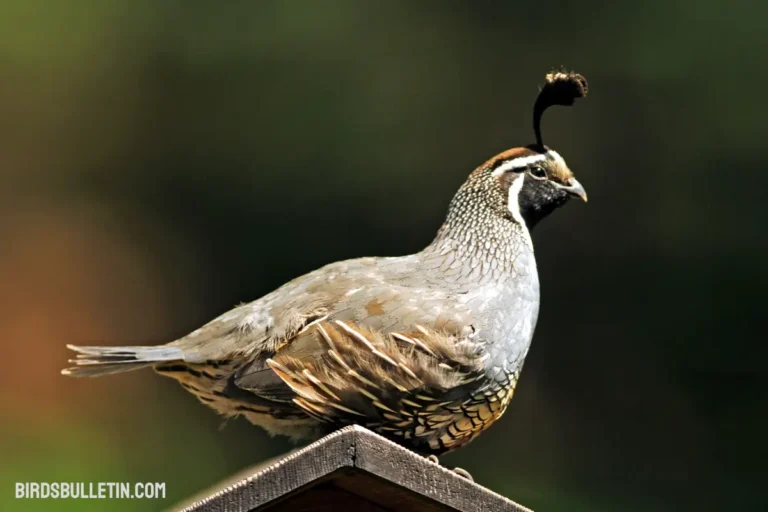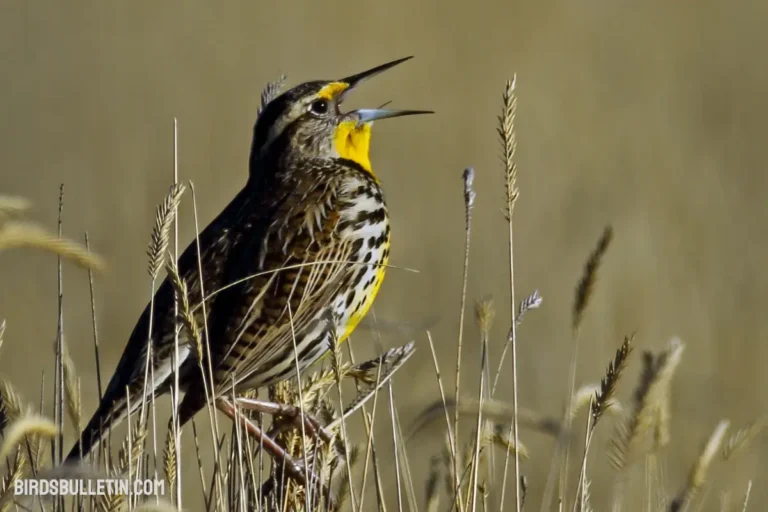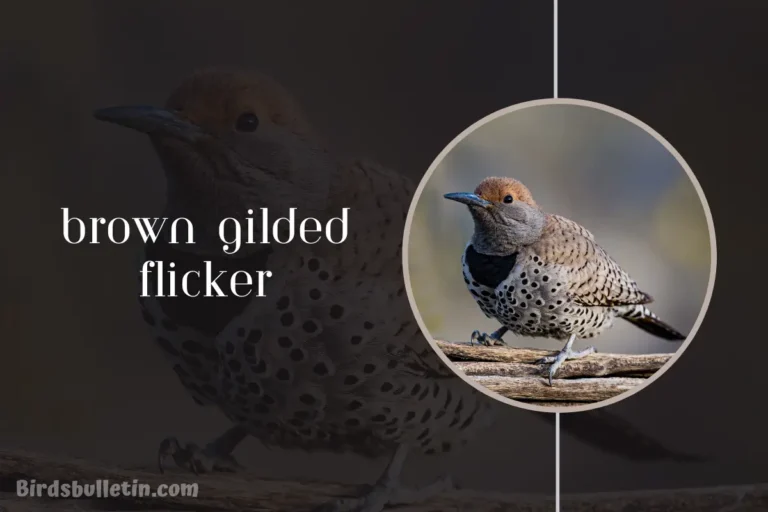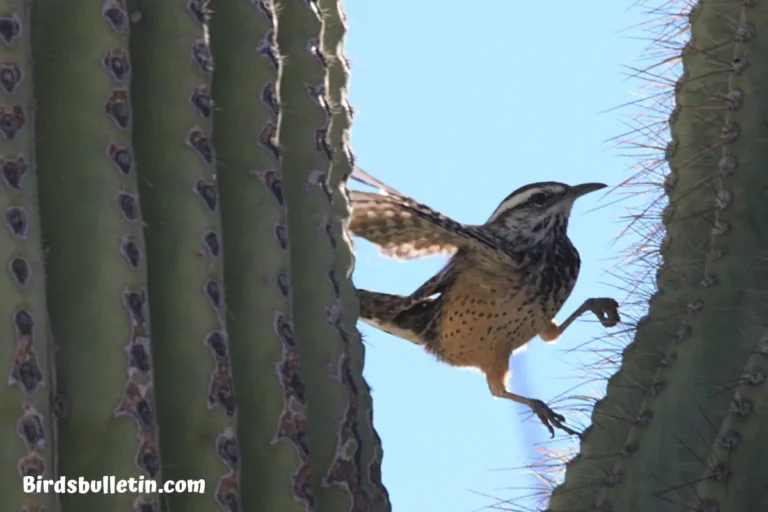Campylorhynchus Brunneicapillus Brunneicapillus
The cactus wren shows remarkable diversity across its range in the arid regions of the southwestern United States and Mexico. Of the various recognized subspecies, C. b. brunneicapillus is the nominate form, described first by naturalist Charles Lucien Bonaparte in 1838.
This subspecies is endemic to the Mexican states of Sonora and Sinaloa. Read on to learn more about the identification, range, ecology, and conservation status of this desert-dwelling bird.
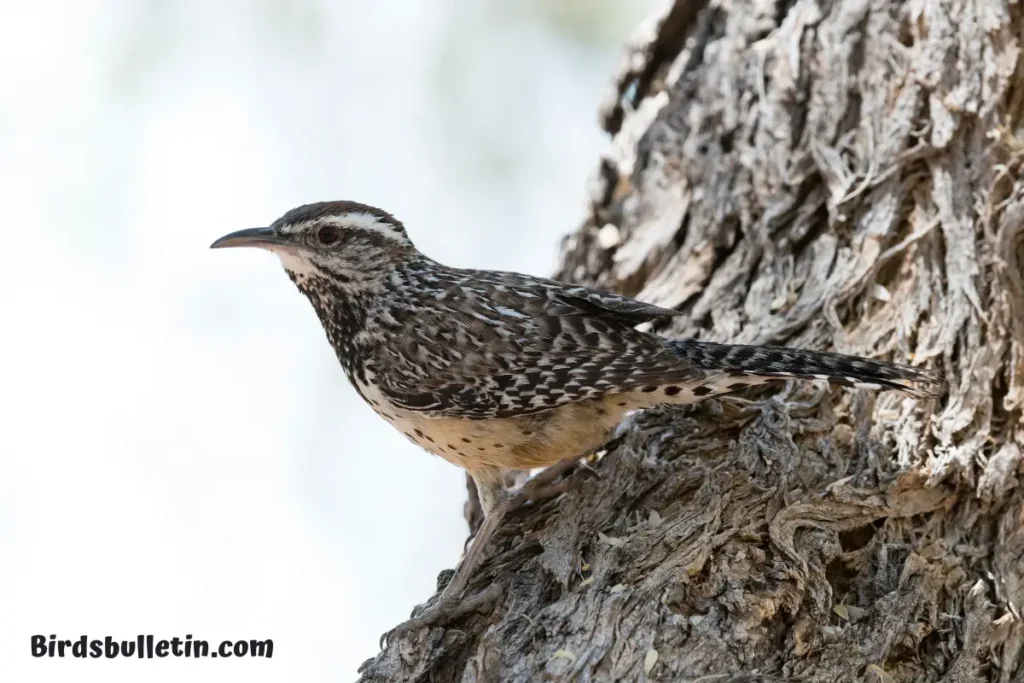
Looking for more overview about bird subspecies:
Scientific Classification
- Kingdom: Animalia
- Phylum: Chordata
- Class: Aves
- Order: Passeriformes
- Family: Troglodytidae
- Genus: Campylorhynchus
- Species: C. brunneicapillus
- Subspecies: C. b. brunneicapillus (Lafresnaye, 1835)
Identification
C. b. brunneicapillus can be distinguished from other cactus wren subspecies by the following features:
- Smaller size, around 21 cm long
- Cinnamon-brown upperparts with white streaks
- Pure white chin and throat
- Creamy underparts with variable dark spotting
- Long bill with a slightly downward curved tip
The pure white chin provides excellent identification for this subspecies in its Sonoran Desert habitat.
Location
This subspecies is found in arid scrublands across southern Sonora and Sinaloa in northwestern Mexico. Its range extends from near the Mexico-United States border south to the foothills of the Sierra Madre Occidental mountains.
Interesting Facts
Here are some Cool Facts about This subspecies you may find interesting:
- Builds large nests in cholla cacti, using the spines as protection from predators
- Uses a variety of calls including guttural rattles and whistled song
- Forages extensively on the ground but will also glean insects from trees
- Male and female pair for life and defend a breeding territory year-round
Conservation Status
C. b. brunneicapillus has a relatively widespread distribution and large total population. The IUCN Red List categorizes its conservation status as Least Concern. However, habitat loss to development remains a potential threat for certain populations.
Conservation of Natural Habitat
Protecting patches of native desert scrub habitat will help provide important nesting sites and food resources. Careful urban planning to limit sprawl into natural areas can allow cactus wren populations to persist. Leaving standing dead cacti and trees also gives nesting options.
Frequently Asked Questions
1. What does C. b. brunneicapillus eat?
Its diet is similar to other cactus wren subspecies, consisting of insects, spiders, small lizards, fruits, seeds, and nectar. It forages primarily on the ground but also in trees and bushes.
2. How many eggs do they lay?
This bird’s typical clutch size is 2 to 7 eggs. Both parents help build the nest and feed the young.
3. Why is their chin white?
The white chin likely helps with visual communication and signaling to other wrens. It may also serve as camouflage in the pale desert environment.
Final Word
In conclusion, C. b. brunneicapillus is a distinctive subspecies of the cactus wren adapted to desert life in Sonora and Sinaloa, Mexico. Protecting areas of natural vegetation will help maintain populations of this and other resident desert birds into the future.


